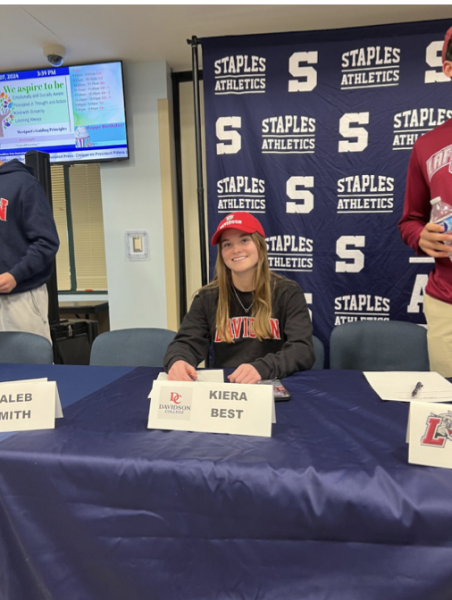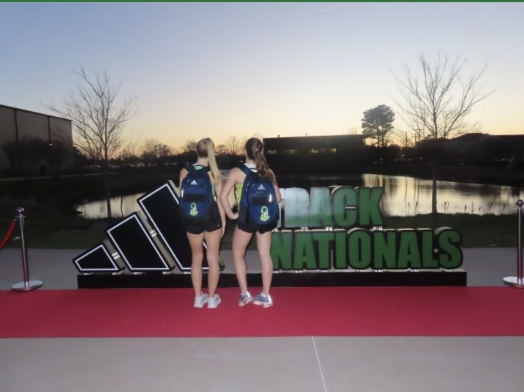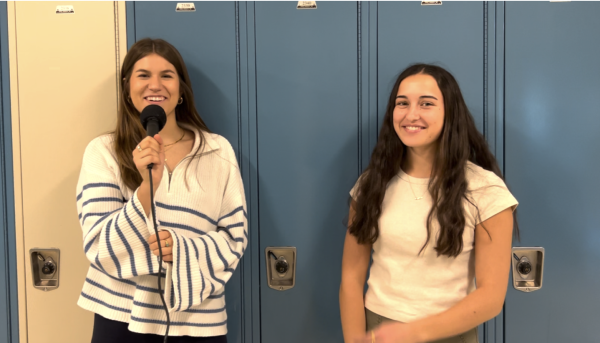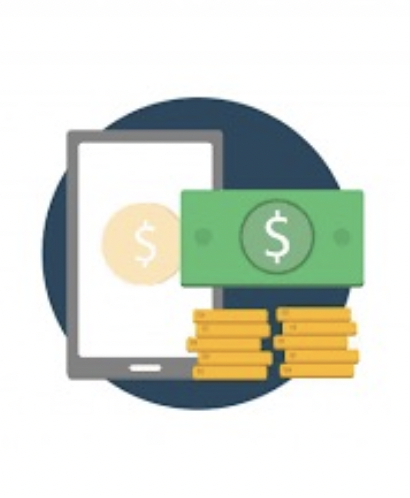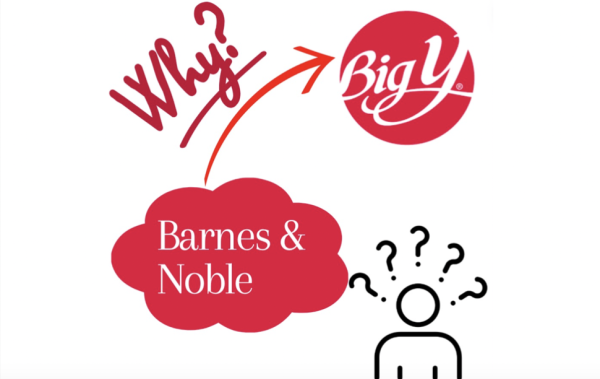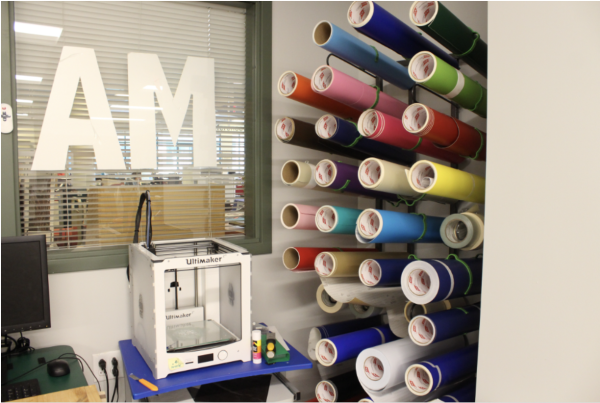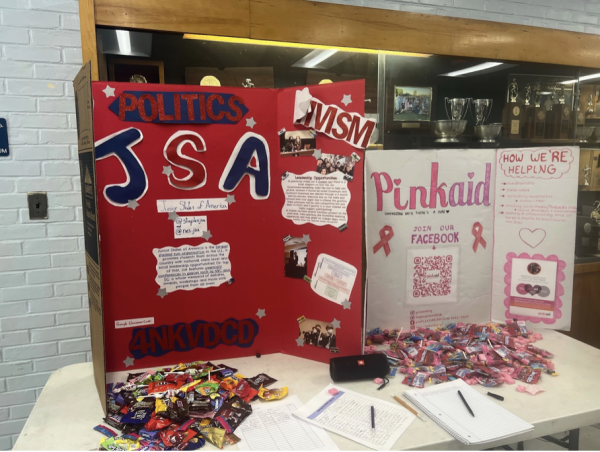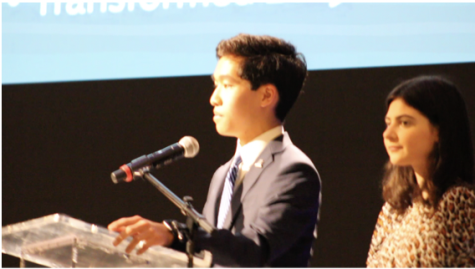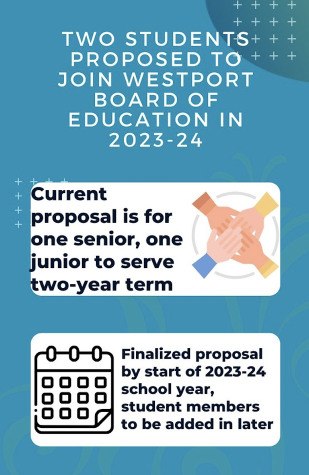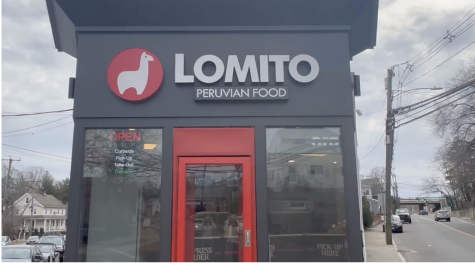Youth ally with LGBTQ+ community during Day of Silence

During the month of April, the nation observes the Day of Silence. High school students take a vow of silence, not speaking the entire day, in order to show support to the LGBTQ+ community.
Students participated in the Day of Silence on April 14, which entailed 24 hours without speaking, to show solidarity with the LGBTQ+ community.
“I participated in the Day of Silence because I want to help support other LGBTQ+ people,” Vigo Peixoto ’25 said.
The Day of Silence is the annual nationwide, student-run GLSEN (Gay, Lesbian and Straight Education Network) day of taking a vow of silence.
“More than 30% of the LGBTQ+ students reported missing school because they felt unsafe or uncomfortable,” GLSEN said.
The first Day of Silence took place in 1996, and was created by a University of Virginia student, Maria Pulzetti. It was first held during the University of Virginia’s pride week, and a year later, the observance spread throughout the entire country.
I participated in the Day of Silence because I want to help support other LGBTQ+ people. — Vigo Peixoto ’25
“[Maria Pulzetti] believed the day would promote awareness amongst those who might not have been tuned into these issues,” National Today said. “By surrounding them with a silence they couldn’t help but notice.”
Some who participate put tape over their mouths, make colorful posters to protest and attend rallies, while also staying silent. The vow of silence is normally broken at a rally or event with a speaker at the end of the day.
“Every April, students go through the school day without speaking,” the Gay and Lesbian Youth of Buffalo said. “[They end] the day with Breaking the Silence rallies and events to share their experiences during the protest and bring attention to ways their schools and communities can become more inclusive.”
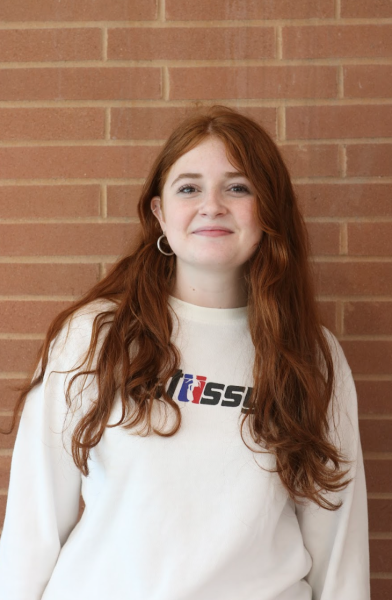
Social media manager Ava Coyle ’25 has moved all across the world – from Alabama, to Germany, Switzerland, the UK, Maryland and finally Connecticut....












































